Author: William Tang
Translator: Joyce Zhao
Tang Xinyuan (1916-2001) was from Wuxi, Jiangsu, China, and he was born into a textilist family. According to the Piling Tang Family Tree, he was the nineteenth generation descendant of Tang Shunzhi — a scholar, military strategist, author of prose, mathematician, and an anti-Japanese hero of the Ming Dynasty. Tang Xinyuan was the chief engineer of National Aeronautics and Space Administration (NASA).
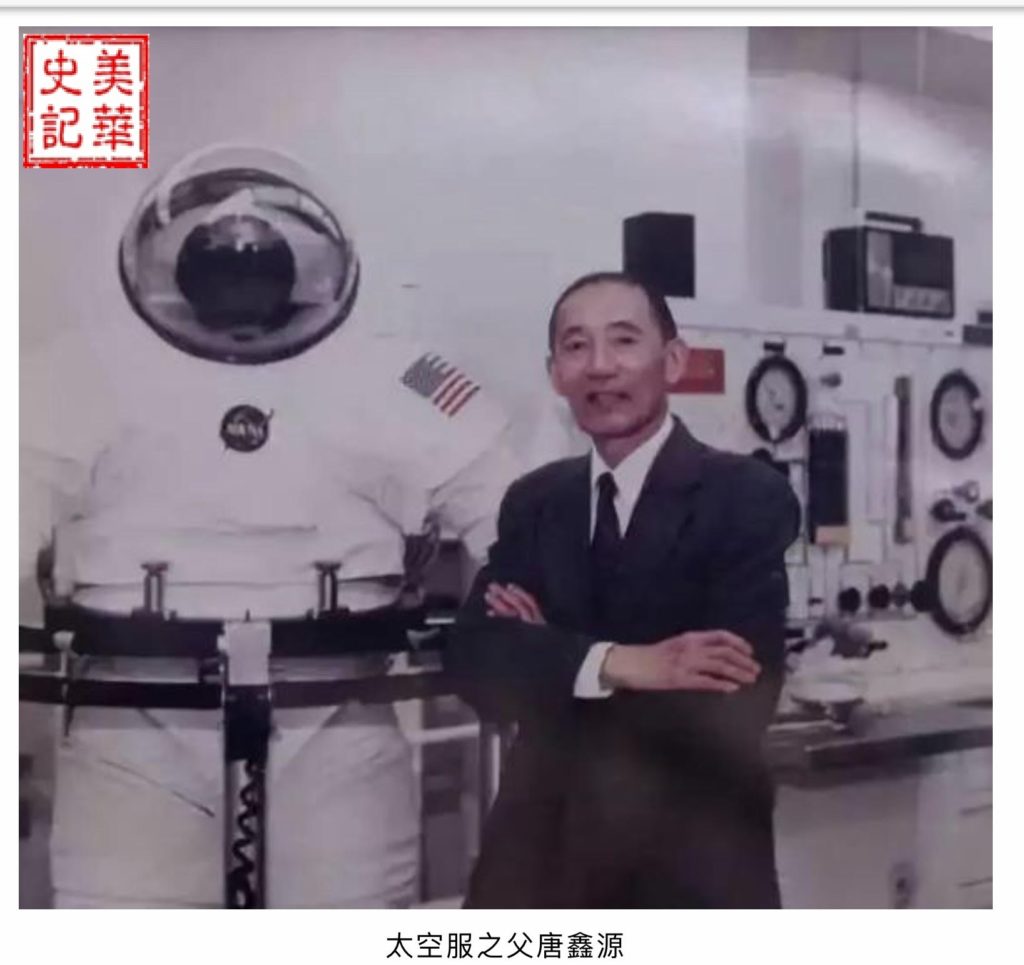
Figure 1. American “Father of Space Suit” Tang Xinyuan. Image source
Tang Xinyuan grew up in Shanghai. He studied at Wuxi Tangs Elementary School, Furen Middle and High School, and graduated from Shanghai Kwanghua University. In 1936, he went to America to receive his higher education, where he obtained two master degrees at Lowell University and the University of North Carolina specializing in chemistry, textile engineering, and polymer chemistry. After he returned to China, he became an engineer and factory director of Xiexin Wool Factory, and he became a professor and associate director of the China Textile Institute.
In 1949, Tang Xinyuan took his family and departed from Hong Kong towards America once again. He enrolled in the University of Wisconsin for a PhD degree in polymer chemistry.
Afterwards, he became the research department manager of the Dekal Chemical Plastic Engineering Company. At that time, the U.S. Air Force was beginning their plan to enter outer space, and Tang Xinyuan was employed by the missile department of the U.S. Air Force, where he was in charge of researching non-metallic materials that could withstand high temperatures. He successively invented an organic fiber that could withstand a high temperature of 1,000 degrees Fahrenheit, and he also invented an inorganic fiber that could withstand temperatures up to 4,000 degrees Fahrenheit. These special, durable materials were critical to the space flight’s equipment.
In 1962, the NASA Space Flight Center was established, and Tang Xinyuan took the role of the materials research center’s director. He directed the research of materials to be used in space, the development of non-metallic materials that could withstand radiation and high temperatures, fireproof materials, etc. These were all to be used in the Apollo space shuttle and the moon landing spacecraft, Skylab, Space Shuttle, and Space Station. At the time, he was the only Chinese American engineer in NASA.
He simultaneously directed research on the design of space suits, flight suits, driving suits, exercise uniforms, life support systems, and space equipment and tools in order to protect space flight effectiveness and safety.
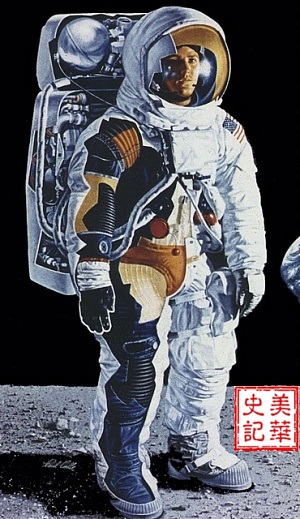
Figure 2. Apollo Space Suit Model 17L. Image source
On July 19, 1969, U.S. astronauts successively and safely arrived at the moon. The director of NASA remarked at an awards ceremony that the success of space flight completely depended on the research and development of spacecrafts and rocket engines, the control of driving, and Dr. Tang Xinyuan’s research findings, which allowed humankind to overcome the temperature difference on the moon (250 degrees Fahrenheit under the sunlight, -250 degrees Fahrenheit without the sunlight).
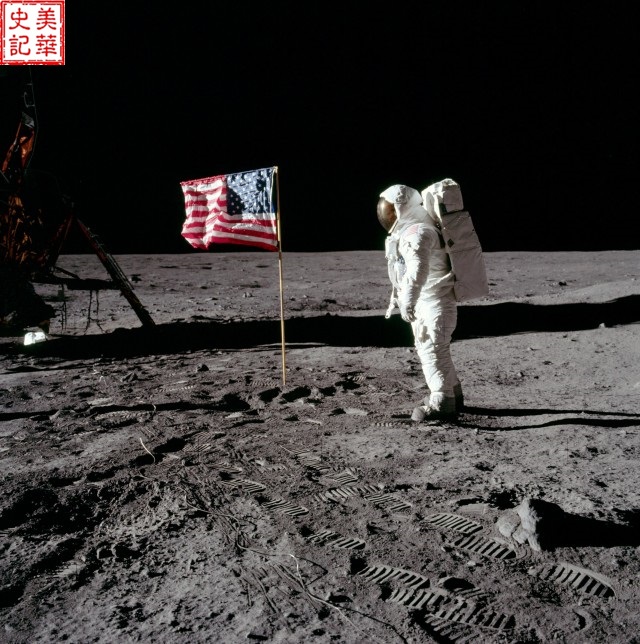
Figure 3. Humankind lands on the moon. “That’s one small step for man, one giant leap for mankind,” Neil Alden Armstrong. Image source
Tang Xinyuan invented many different types of material, which also spread to various other fields, benefiting mankind. For example, beta fiber can withstand high temperatures of 1,500 Fahrenheit, won’t combust in oxygen, and has already been widely used by architects in the roofs of many large structures such as malls, conference buildings, and airports.
Tang Xinyuan researched and developed a material that had high absorption of water, which resolved the puzzling problem of how astronauts would use the bathroom in space. His findings also joined other similar materials that made up baby and adult diapers, which can absorb up to 1,400 millimeters of water, spreading across the world.
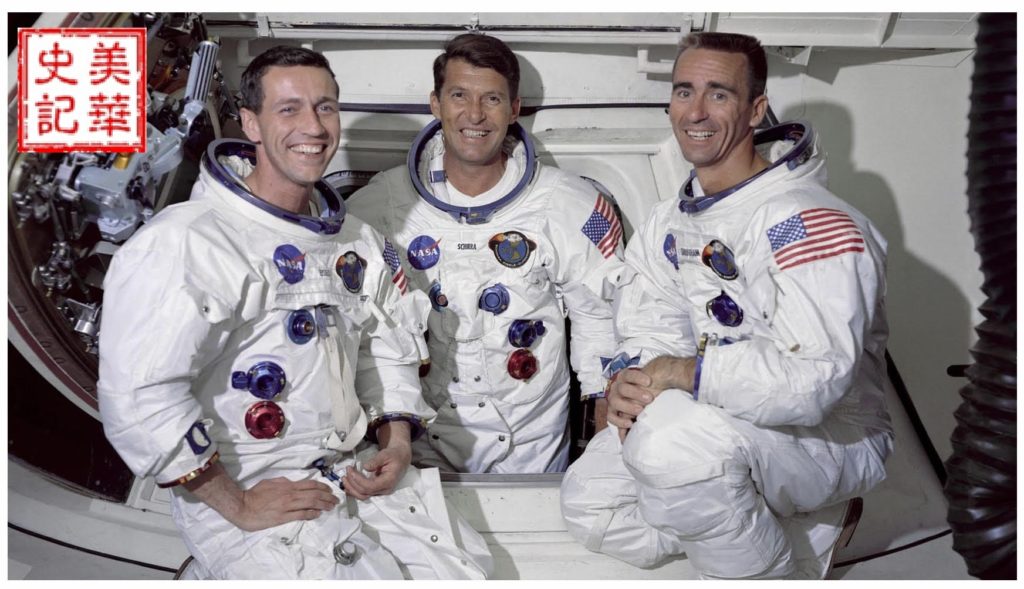
Figure 4. Three American astronauts wearing space suits. On July 20, 1969, Neil Armstrong (left) and Edwin “Buzz” Aldrin (right) completed the first landing on the moon, staying on the moon for two and a half hours. Meanwhile, astronaut Michael Collins (middle) rotated around the moon. Image source
At the time, the USSR also designed a space suit, but it wasn’t perfect as it leaked air. It is said that there were USSR astronauts who sadly lost their lives because of this. The space suit designed by Tang Xinyuan was airtight, and the texture was incredibly soft; astronauts could move about freely in the suit, and it withstood pressure very well, aiding the blood flow of the astronauts. Inside the space suit, not only was there a system to get rid of body waste, there was also equipment for communication, oxygen supply, temperature and pressure mediation.
Because Tang Xinyuan achieved such outstanding results, he was awarded NASA’s highest achieving special engineering medal, the U.S. Space Center’s first and only space practice award, and the US-China Association’s Chinese pioneer award, successively entering the Space Technology Hall of Fame.
During a period of 30 or so years, Tang Xinyuan was awarded many certificates and medals from the U.S. government, academic and research institutions. Added together with the leadership medal awarded by the U.S. President, the honors he received add up to 100 plus types.
In 1989, when America was celebrating the moon landing’s 20th anniversary, Dr. Tang Xinyuan was selected to enter the Space Technology Hall of Fame, becoming the 6th person to do so. Tang Xinyuan was promoted as NASA’s chief engineer, the first of more than 1,000 engineers in the 28 years since the establishment of the U.S. Space Center.
On February 1, 1991, “Space News” revealed on its front page that NASA’s director Truly gave Congress a list of names, 5 of which were from Houston and outstanding in both science and technology, to be promoted to principal engineer. One of these names was Dr. Tang Xinyuan, and the reason why he was selected was: in the last 10 years, he completed more than 1,500 work plans, and he received 18 patents.
In 1994, Tang Xinyuan retired, and the governor of Texas named him Honorary Admiral of Texas. The U.S. Navy, Army, Air Force, and Aviation Institutions hired him as a consultant or as a member of the consulting committee, and he was hired by many U.S. Presidents such as Nixon, Ford, Reagan, and Bush as a consultant, U.S. Senate and Representatives consultant, American Security consultant, etc. He was listed in the Who’s Who of the American Midwest, Who’s Who of the American South and Southwest, Who’s Who of the U.S. Treasury Industry, Who’s Who of U.S. Science and Engineering, Who’s Who of American Social Leaders, Who’s Who of U.S. Aviation, Who’s Who in America, International Who’s Who, Who’s Who in the World, etc.
In the same year, after 46 years’ absence from his home country, Tang Xinyuan and his loving wife Deng Meilie vacationed in China for the first time, leaving behind happy memories. Not long after, Tang Xinyuan began to suffer from the beginnings of adenocarcinoma, battling cancer with tough perseverance.
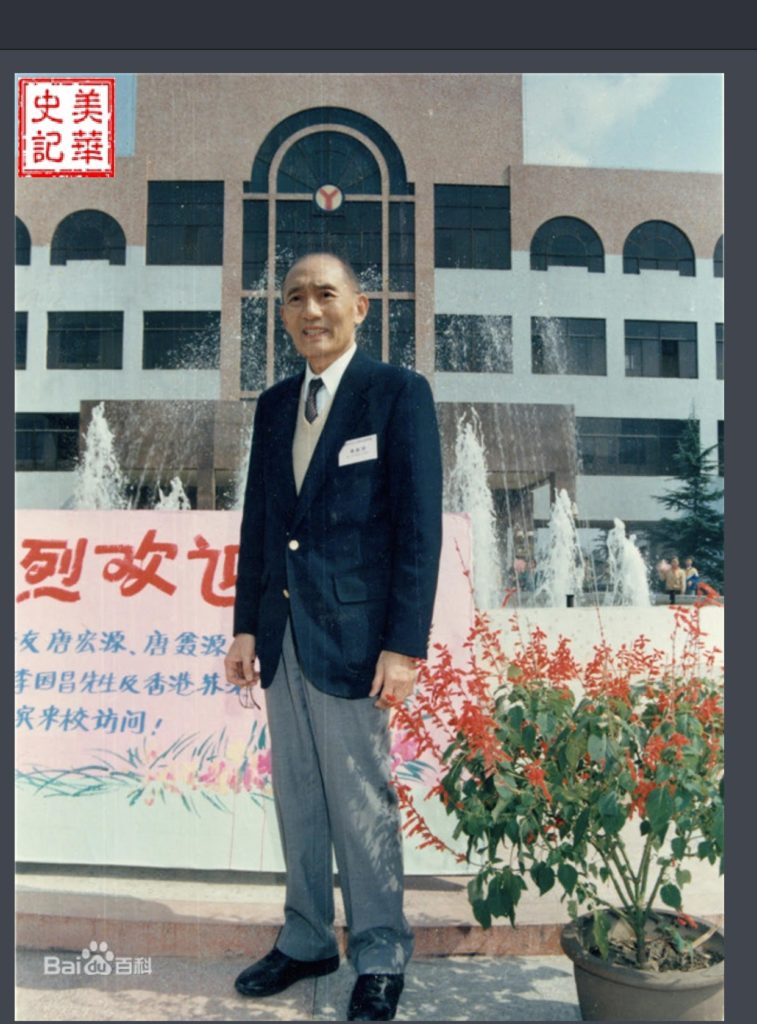
Figure 5. Chinese American scientist Dr. Tang Xinyuan, taken in 1994 when he went back to China. Image source
In 1998, Dr. Tang Xinyuan was awarded Houston Space Center’s “Inventor Award”.
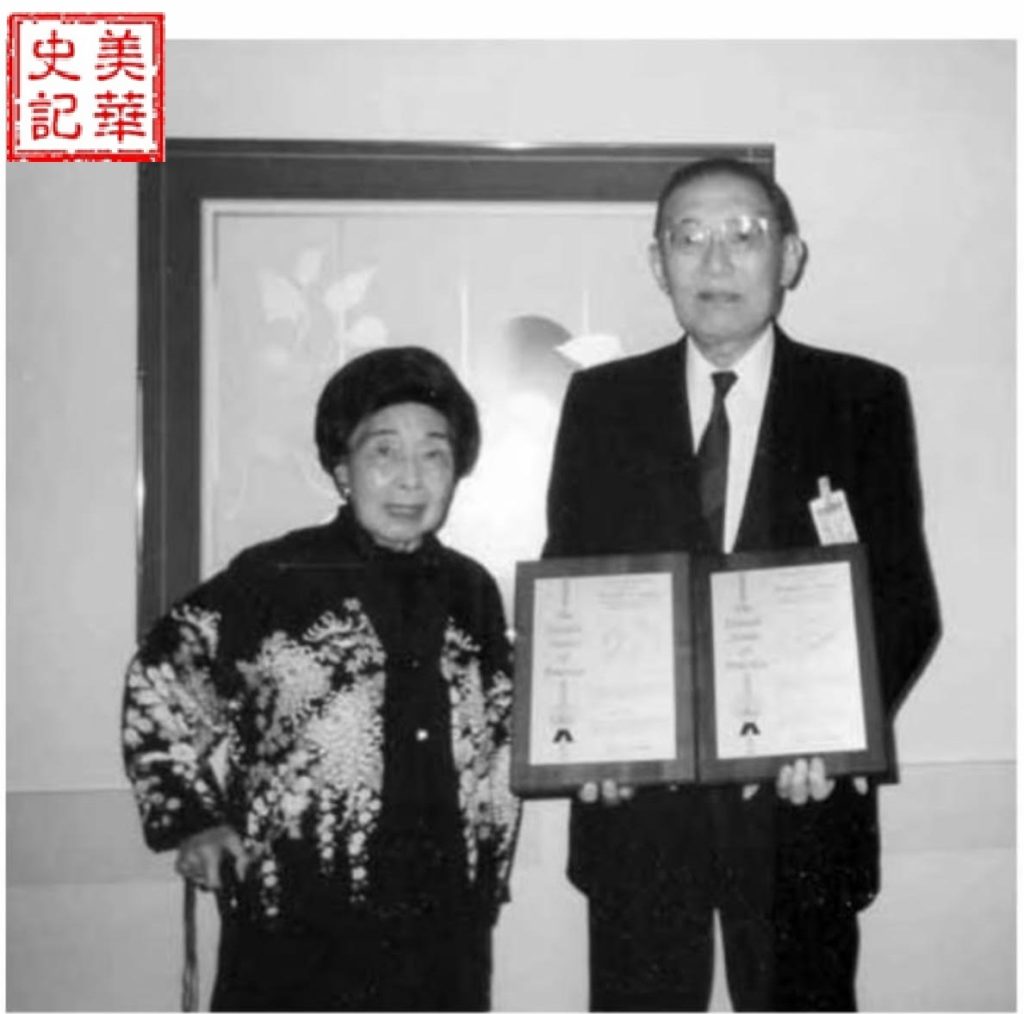
Figure 6. In 1998, Dr. Tang Xinyuan was awarded Houston Space Center’s “Inventor Award”, holding the certificate with his wife Deng Meilie.
On January 12, 2001, Tang Xinyuan passed away, drawing an end to his fruitful life. Tang Xinyuan dedicated his life to technology, benefitting society, bringing about rarely seen outstanding accomplishments, known to all in the world.